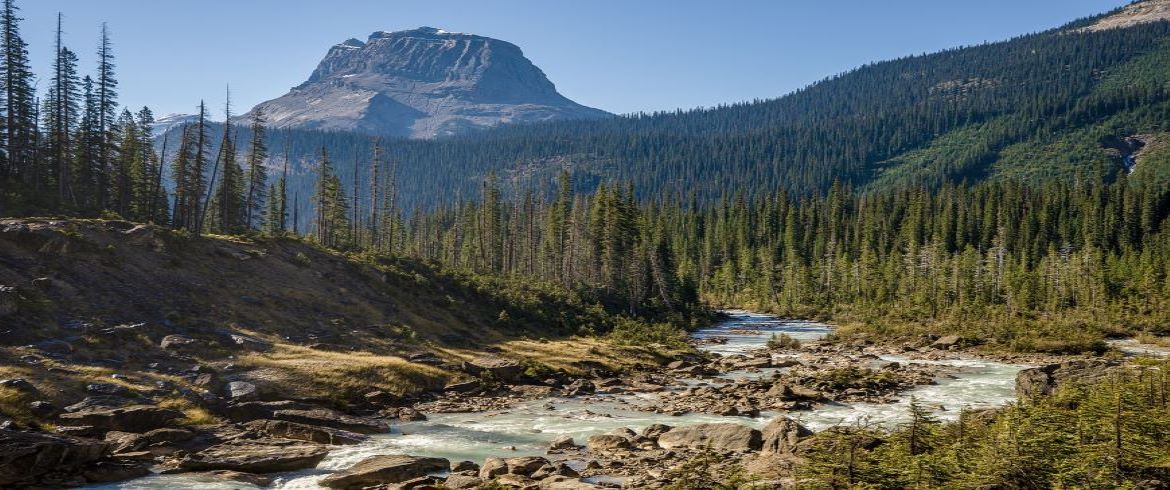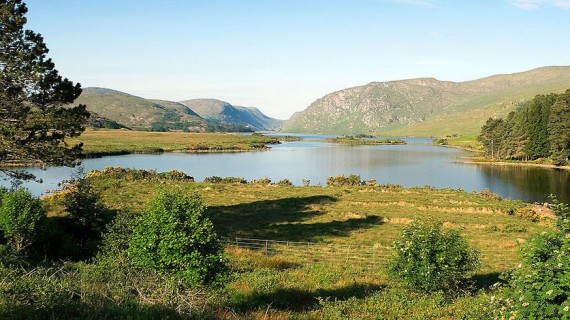Ecotourism is the new way of experiencing tourism, respecting the environment, places, and local communities. For that reason, several natural areas of Spain have obtained the European Charter for Sustainable Tourism. These areas are served by quality accommodations and enterprises, which offer eco-responsible touristic activities. National parks and reserves offer some of the most valuable scenarios in Europe and an inestimable environmental value. Natural parks preserve some of the most unspoiled landscapes of the entire planet and distinguish themselves by their ecological richness. Furthermore, these natural wonders offer unforgettable picturesque views.
From thick forests to snow-covered mountains, from volcanic, to deserts, from underwater paradises to tropical islands … find out the best places for ecotourism in Spain. In these natural parks, you can discover unique flora and fauna and experience some of the best ecotourism adventures in the country.
Are you planning a responsible dream trip? Find out the best natural parks for ecotourism in Spain.
1. National Park of Sierra Nevada
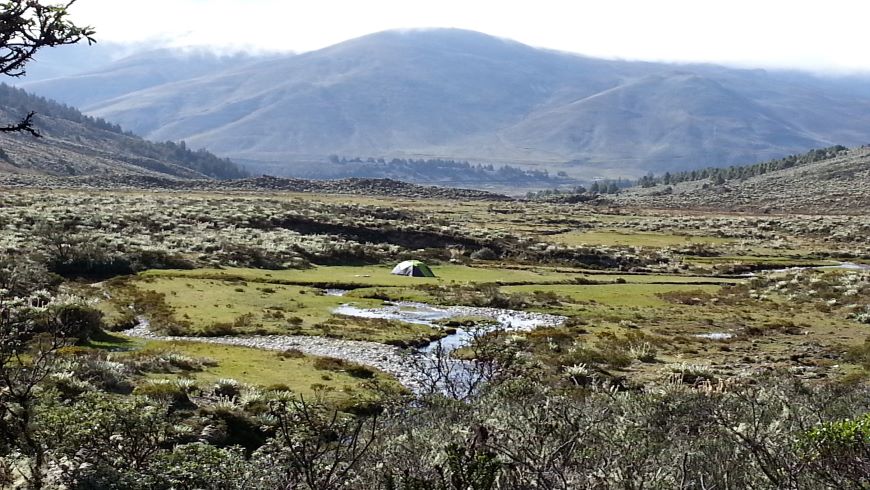
The National Park of the Sierra Nevada, located in the provinces of Granada and Almería, in Andalucía, is the biggest park of Spain and is home to some of the highest mountains in Europe. It has incredible natural diversity. In the lower part, it consists of lush valleys, forests, and waterways, while in the upper part there are alpine forests and arid mountain peaks. It is a real botanic paradise and plants that thrive in these harsh alpine conditions include the violet of Sierra Nevada, juniper, and barberry. Among the fauna, we can find the Iberian ibex, the most characteristic of the park.
2. Picos de Europa National Park
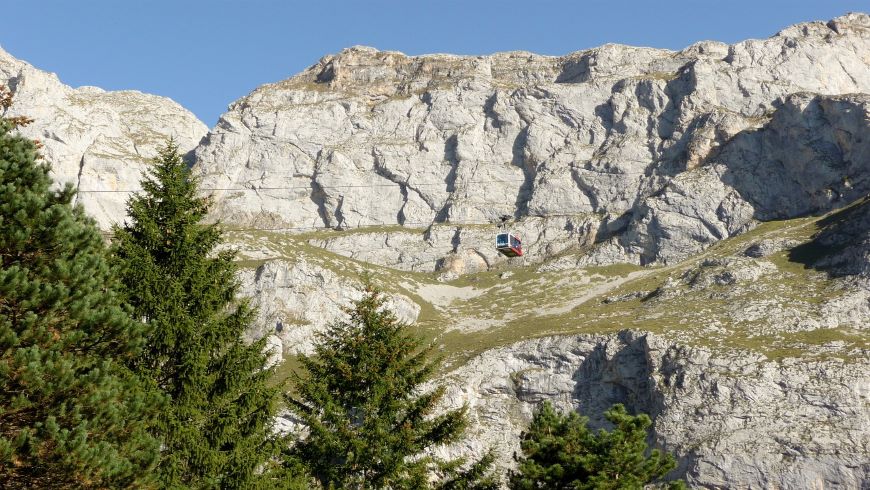
The Picos de Europa (Peaks of Europe) is part of the Cantabrian Mountains. They are a mountain range located along with northern Spain, between the autonomous communities of Castile and León, Asturias and Cantabria. The Park takes its name from three distinct mountain ranges: the central, western, and eastern chains, all crossed by gorges full of rivers. It hosts easily walkable and well-marked paths, which is the best way to immerse yourself in the natural beauty of this enchanted place. From the inside, you can see several panoramic viewpoints of the sea, which is only 20 kilometers away. Then you can find also beech and oak forests, grasslands, steep cliffs, waterways, deep ravines, and high peaks.
3. Teide National Park
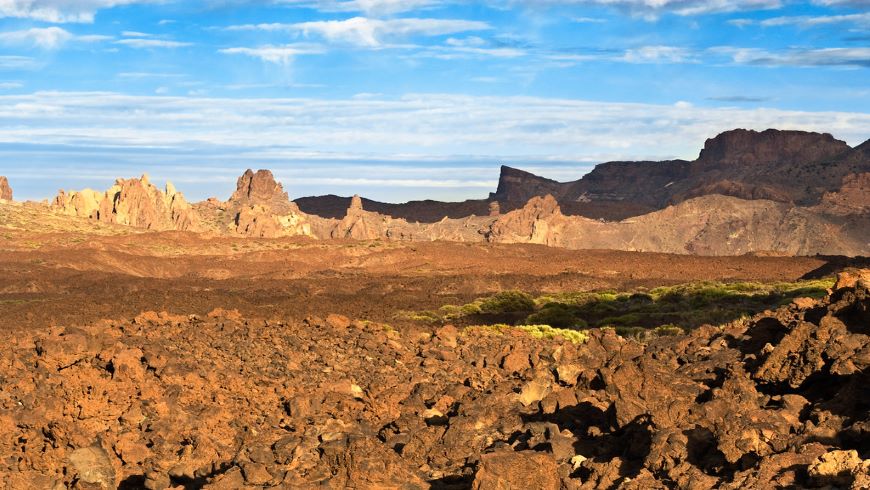
Located in the Canary Islands, in the center of Tenerife, the Teide National Park hosts the highest mountain in the country, after which it is named. It represents an excellent way to experience ecotourism. With over 3 million visitors each year, this natural park is the most visited in Europe. The landscape is from another world, made of craters, caves, volcanoes, and rivers of petrified lava. In this place, you can delight the diversity of views around every corner.
4. Cabrera Archipelago National Park
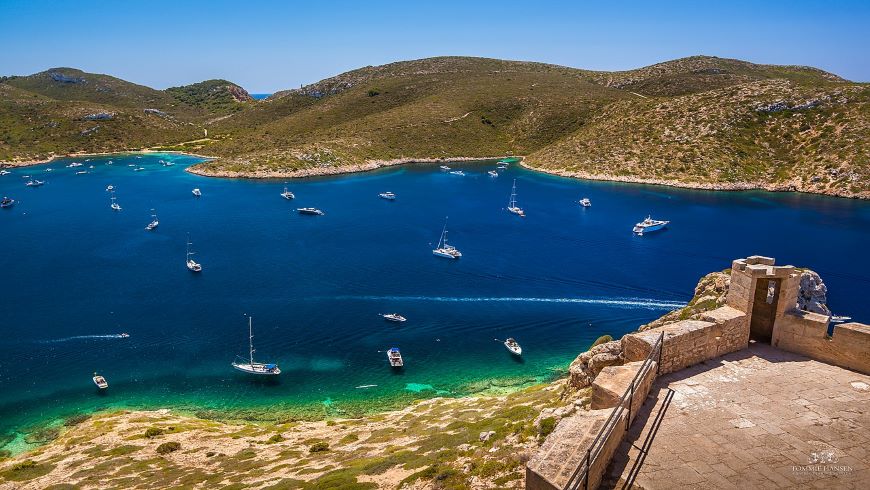
It protects the territory of Cabrera Island, in the Balearic archipelago, and other 18 small islets, which arise in its vicinity. Due to the distance, this area has remained largely unspoiled for millennia. The islands are covered with Posidonia fields and host several endemic plant species. In addition, several animals difficult to find elsewhere have settled there, such as the black lizard and sea snails. The surrounding ocean is home to turtles, dolphins, and whales, while impressive colonies of seabirds live along the coasts.
5. Ordesa and Monte Perdido National Park
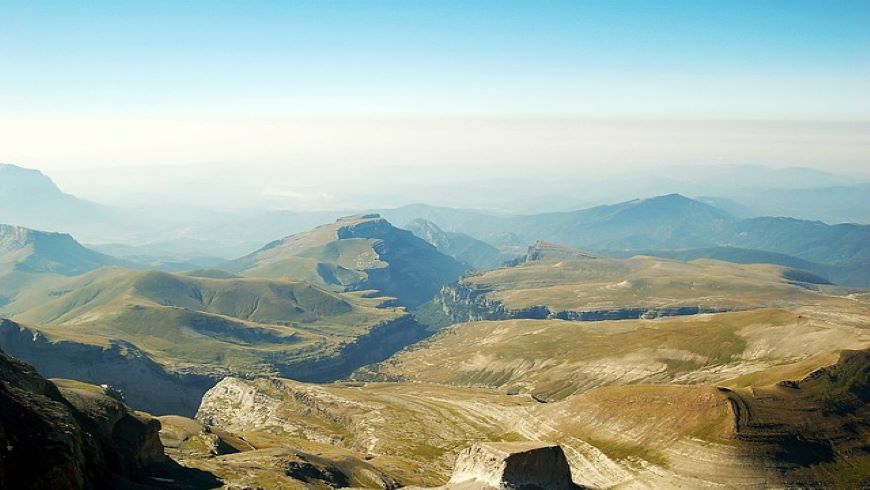
Ordesa is the most ancient Spanish National Park, established in 1918, and its beauty is really undeniable. It is located north of Huesca, in the Aragonese Pyrenees, and is characterized by the abundance of waterfalls, rivers between rich green pastures, steep peaks, and thick forests. It is gorgeous scenery, which is a few meters from the various shades of green to the white snow of the peaks.
However, the Pyrenees Mountain range is the true value of the park. The mountains form a magnificent skyline, which excites both tourists and local residents. The highest mountain is the Monte Perdido, which exceeds 3,300 meters above sea level. It is the highest European limestone peak, and it hosts many different ecosystems. In addition, several animals inhabit the area, such as bearded vultures, griffins, golden eagles, chamois, and brown bears.
6. Monfragüe National Park
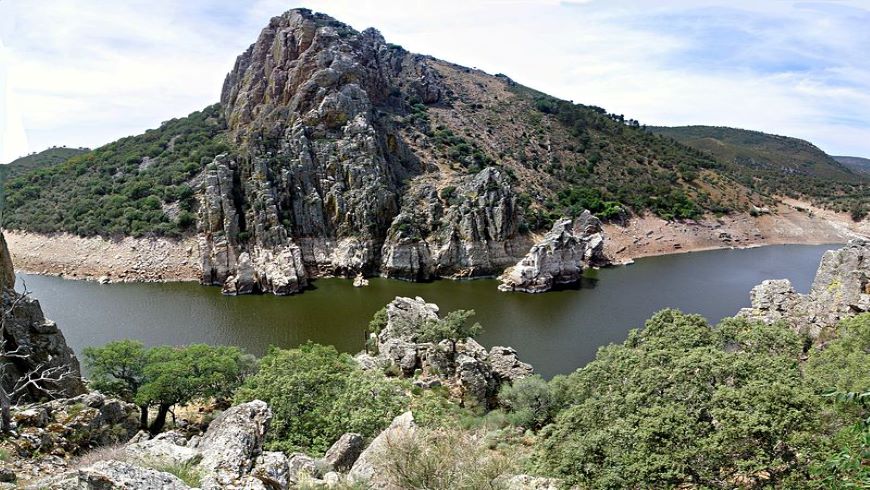
The Monfragüe Park is of unique beauty and is located in the province of Cáceres. Known for its typical Iberian landscape, the park hosts an abundance of flora and fauna. It is the perfect place for ecotourism in Spain, as it is rich in history and is one of the best European birdwatching sites. In fact, over 400 raptors have chosen Monfragüe as theirs home. Vultures and eagles may be sighted nesting on the mountainside, while kingfishers and nightingales can be seen in the two rivers of the park, the Tago and the Tiétar. In addition, on-site you can admire some fascinating panoramic views, visit the ruins of the Castle of Monfragüe, shrouded in local legends, and admire prehistoric cave paintings.
7. Timanfaya National Park
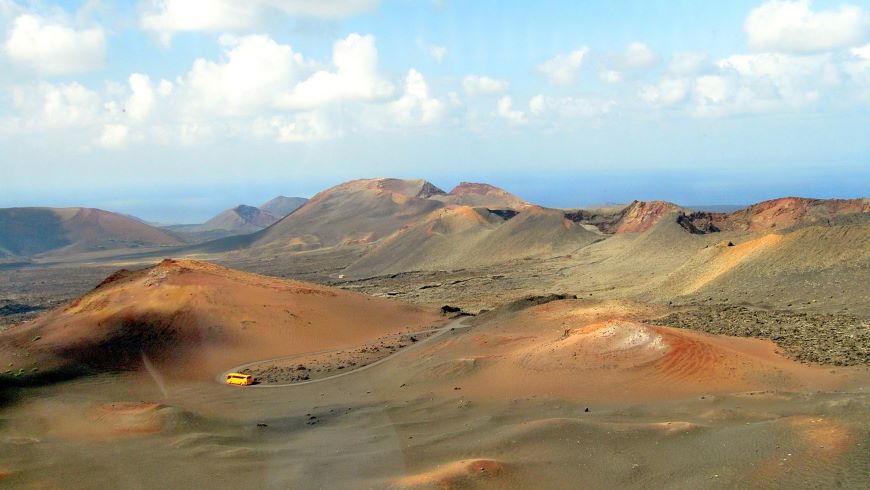
This Spanish Park, located in Lanzarote, in the Canary Islands, has a space-age scenario. The red and black background that characterizes it was formed by volcanoes, which covered it with solidified lava. Nowadays most volcanoes are inactive, but visitors can still feel the heat of the earth radiating from the ground, so much so that pouring water on the soil, in some areas, results in a geyser effect. Rare flora and fauna inhabit the park of 5,000 hectares. They have found unique ways to thrive in such a territory, formed by rocks with bizarre shapes, rough layers of soil with various shades, steep coasts without vegetation. This Park is an unforgettable place, with science-fiction landscapes, and is perfect for an ecotourism experience in Spain.
8. National Park of the Atlantic Islands of Galicia
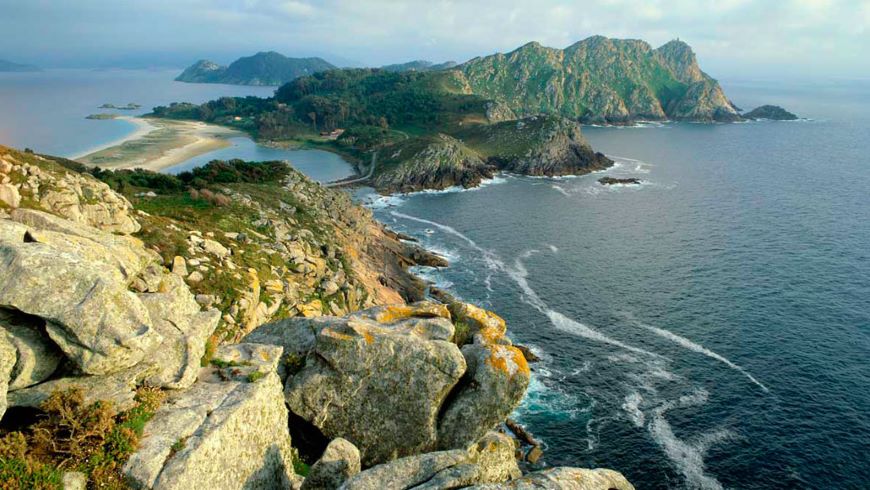
Four archipelagos compose the Atlantic Islands of Galicia: Cínes, Ond and Cortegada (in Pontevedra) and Sálvora (in La Coruña). They are uninhabited islands that host a maritime-terrestrial park, a leader in sustainable tourism. It is open to the public only during the summer months, in order to ensure the preservation of the natural landscape. 200 algae species, crystalline barriers, and some unmissable sea caves inhabit this place of fresh and saltwater, with transparent sea and long beaches with white and fine sand. There is a unique ecosystem. The marine life of these waters includes many crustaceans, dolphins, whales and basking sharks. Then, blue and clear skies stand out, while on earth forests and pine trees dominate the landscape. This chain of islands was once a popular haunt for pirates. Nowadays it is a receptacle of fascinating sea stories to tell.
9. Doñana National Park
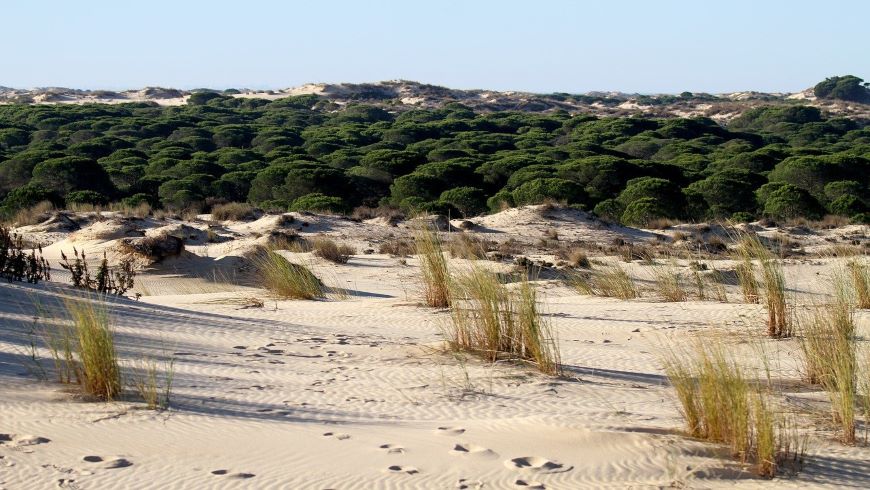
It is one of the most important Spanish National Parks. It is located in Andalucia between the provinces of Seville, Cadiz, and Huelva. Several unspoiled landscapes and many various ecosystems compose the park. They go from natural marshes to forests, dunes, costs, and inland lagoons. It is populated by different animals, such as the Spanish imperial eagle, the Iberian lynx, and 350 species of migratory birds. These last choose the Park as a stopover for their trips to Europe and Africa. Then, there are several important plants, such as cork oaks, rosemary, spiny broom, or domestic pine.
10. Cabañeros National Park
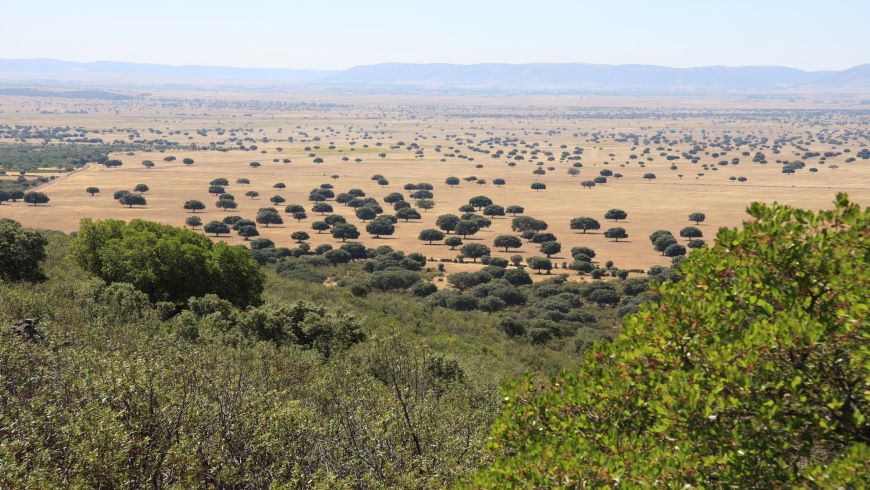
We conclude this list of National Parks of Spain, perfect for ecotourism, with a wonder of the Iberian desert. The Cabañeros National Park is located in Castile-La Mancha and is called the “Spanish Serengeti”, due to its resemblance to the African one and the abundance of animals. It is a refuge for deer, otters, foxes, Iberian lynxes, wild boars, and many bird species, such as the rare black stork, the Eurasian black vulture, and the colorful bee-eaters. The landscape includes the typical and lush Mediterranean vegetation, still unspoiled. It alternates, in a similar way to the savanna, with arid mountain ranges and beautiful views from their peaks.
Choose ecotourism in Spain, in order to travel in a responsible, enjoyable and exciting way. You can live intensively in every place, contributing to the preservation of the ecological and scenic values of each destination. You will find natural parks, which are real paradises to discover, from the north to the south of Spain, in extraordinary contexts.
